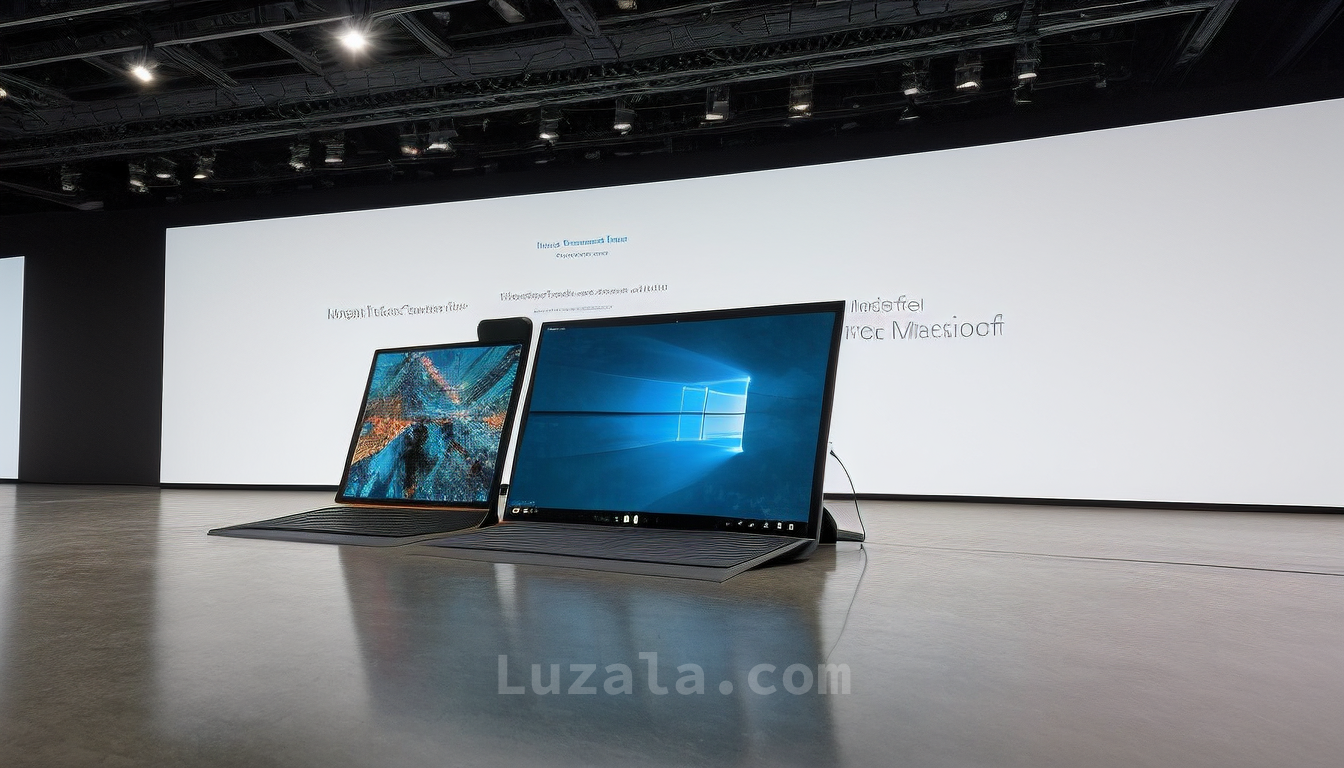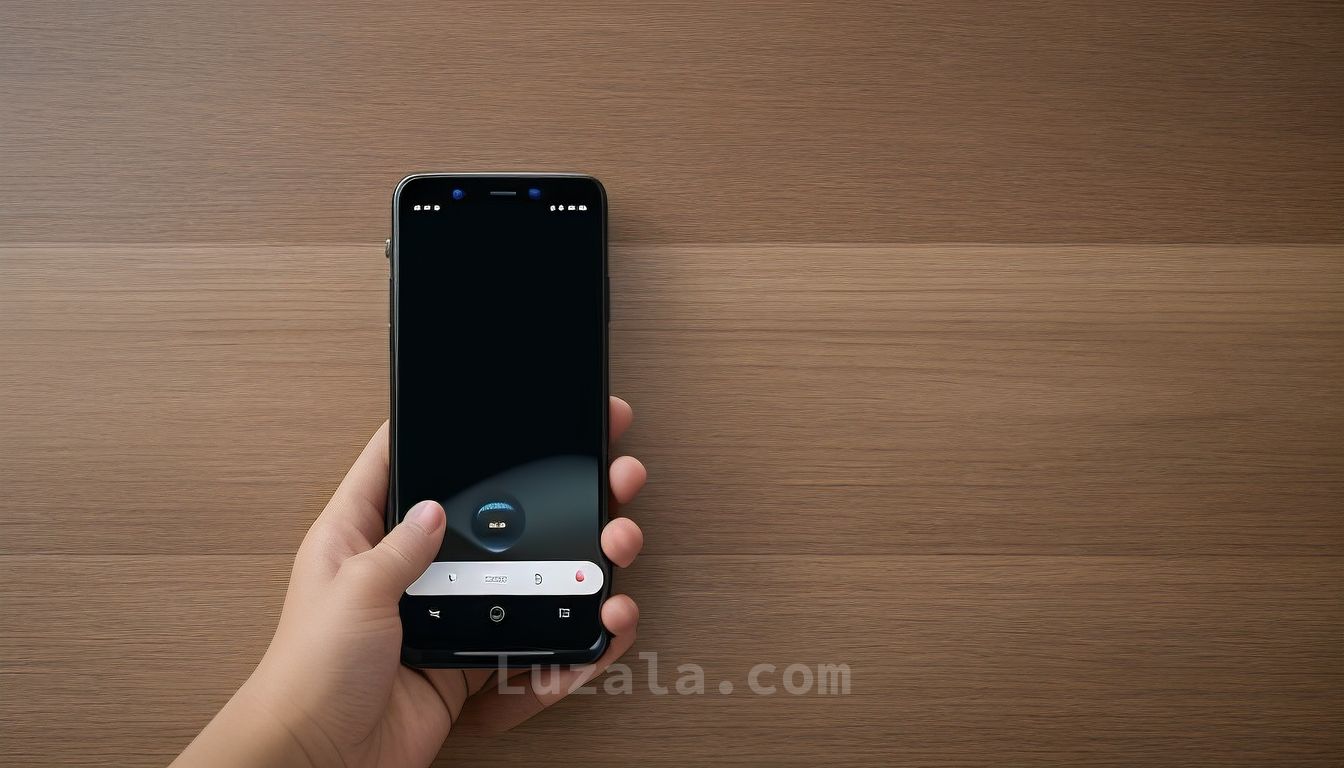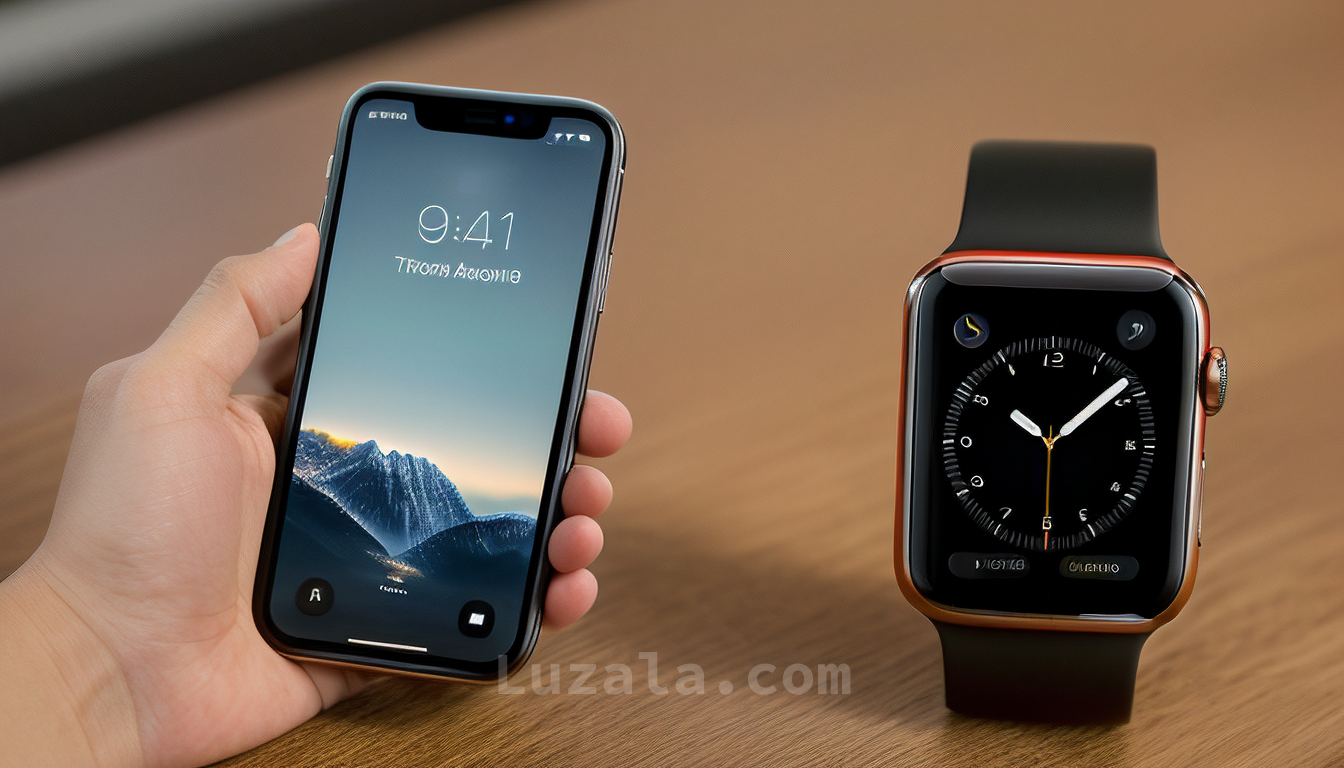Apple's iPhone 15: Elevating AI with Subtle, User-Centric Features
In 2023, tech product launches are marked by generative AI features. Apples iPhone 15, with the A17 Pro processor, focuses on subtle, intuitive AI, enhancing voice isolation, camera capabilities, and accessibility features. iOS 17 introduces more AI-powered services. Apple excels in seamlessly integrating AI into daily life.
In 2023, the tech world has witnessed a rather predictable trend in product launches. Almost everything that hits the market now comes equipped with generative AI capabilities, offering users a blend of informative text and stunning visuals. However, amidst this conformity, Apple has chosen to stand out with its latest release, the iPhone 15.
The iPhone 15 boasts the A17 Pro processor, a custom-designed chip that significantly enhances the performance of machine-learning algorithms. Nevertheless, the key features showcased during the recent launch event were characterized by subtlety rather than mind-bending innovation. Apple's focus appears to be on AI that seamlessly integrates into your daily life, addressing glitches and providing useful predictions without intruding. This deliberate choice to emphasize intuitive AI over generative AI was also evident at the company's developer conference earlier this year.
One noteworthy addition to the iPhone 15 is the voice-isolation feature, which employs machine learning to identify and emphasize the user's voice while suppressing background noise during phone calls. As is customary for iPhone launches, the event dedicated substantial time to the capabilities of the phone's camera and image-enhancement software. These features heavily rely on AI, including automatic recognition of individuals, dogs, or cats in photos to gather depth information for transforming any image into a portrait after the fact.
The iPhone experience will be further enriched by additional AI-powered services through the upcoming iOS 17 operating system, set to launch next week. These services encompass automated voicemail transcription, enabling users to identify callers before answering, and enhanced predictive text recommendations from the iPhone keyboard. While not as flashy as all-knowing chatbots, these enhancements aim to simplify users' lives, potentially increasing engagement with Apple's services.
Apple's commitment to intuitive AI extends to new accessibility features. For individuals with visual impairments, the Magnifier app introduces the "Point and Speak" feature, allowing them to point the camera at objects, such as a microwave with tactile buttons, and hear the phone describe which button their finger is touching. Additionally, for individuals with conditions like ALS that may compromise their ability to speak, iOS 17 can generate a synthetic voice that closely resembles their own after they've read 15 minutes of text prompts.
Acknowledging the challenge of introducing transformative features to smartphones, the overall reception of the iPhone 15 rollout may have been underwhelming. However, Apple's strength lies in its adept interface design, which seamlessly integrates subtle AI-powered features into the user experience.
In a landscape where tech innovation often seems repetitive, Apple's decision to prioritize intuitive AI and enhance user experiences through thoughtful design sets it apart, reaffirming its commitment to improving the way we interact with technology in our daily lives.
Download your fonts:
The Blue Alert Font - Free Download
Jungle Ranger Font - Free Download















Comments